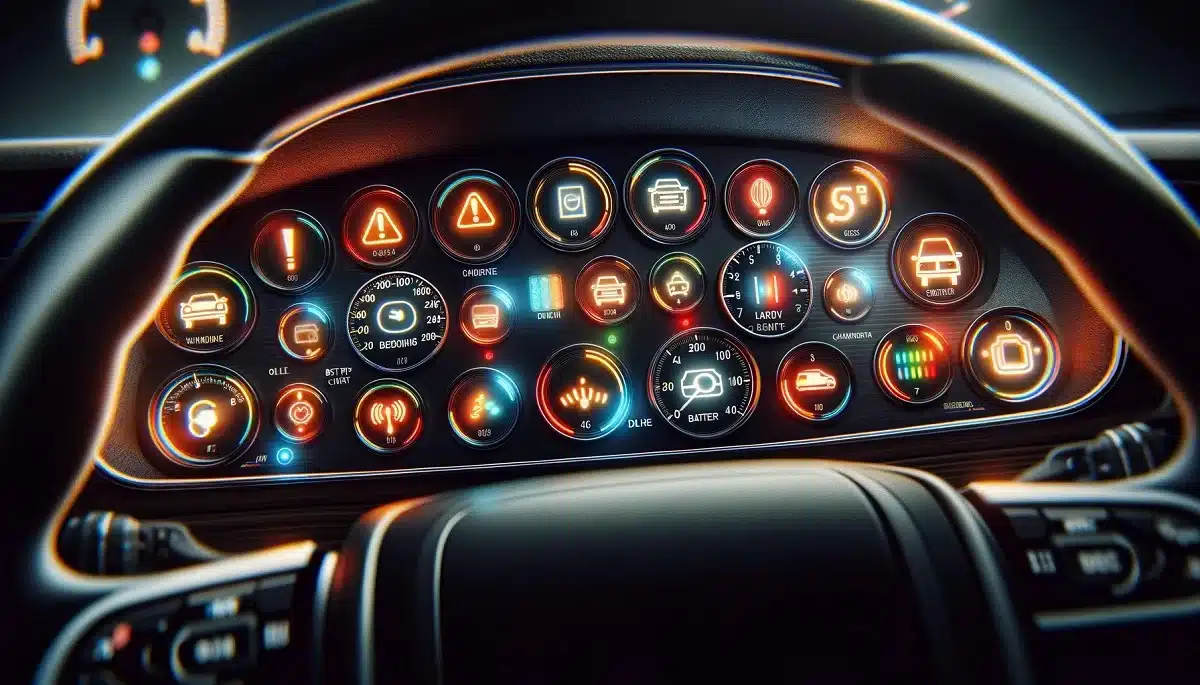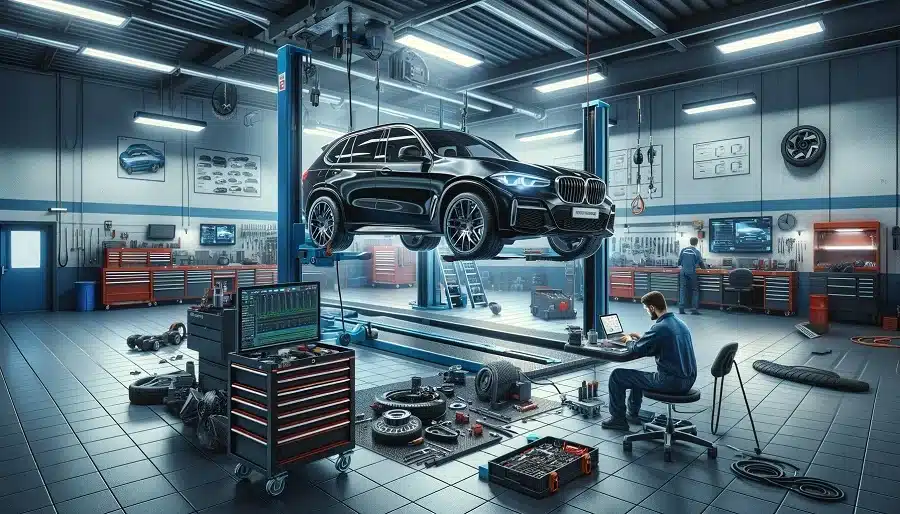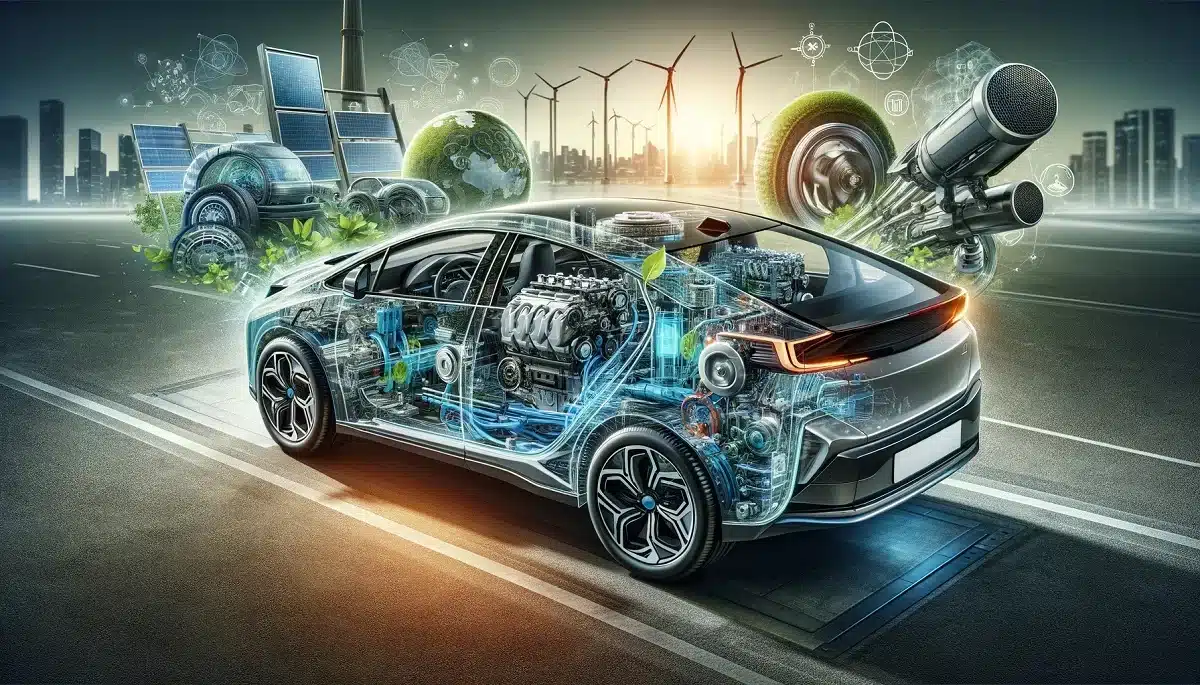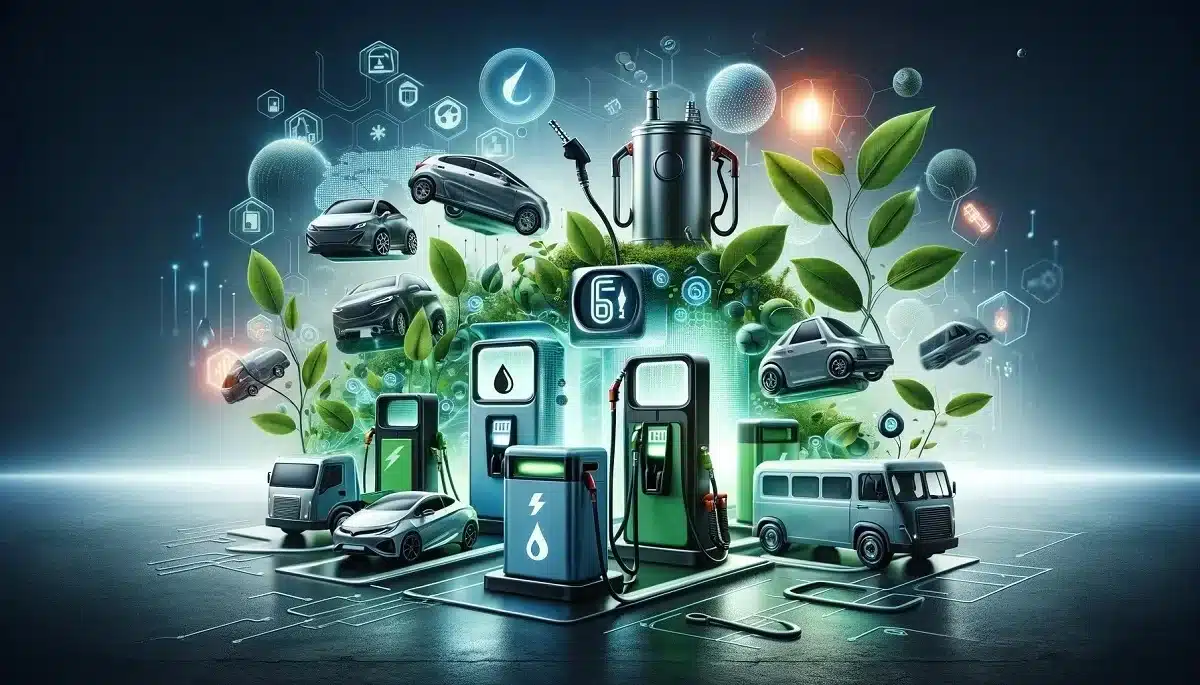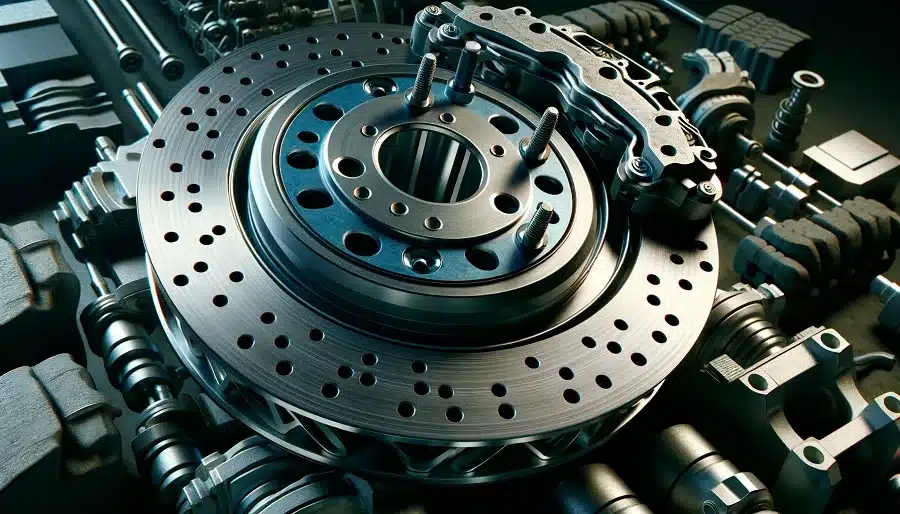The stator plays a critical role in automobiles and is often an overlooked component. In this comprehensive guide, we will detail what a stator is, how it functions, and why it is so crucial for your vehicle.
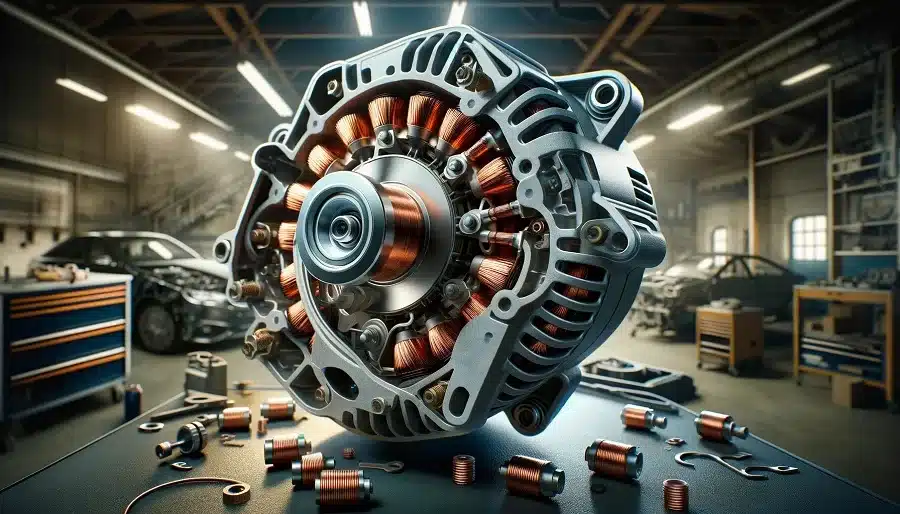
What is a Stator?
A stator is a part of your vehicle’s alternating current (AC) electric motor, remaining stationary within the motor. It comprises an iron core and a frame made from metal or ceramic, playing a vital role in the vehicle’s electrical system.
Stators vary from vehicle to vehicle, reflecting the diversity in motor and alternator designs across different cars.
Function of the Stator
The stator creates a magnetic field through its windings, which activates the rotor. While its size and design vary with the motor, the stator typically consists of iron-core coils wrapped with copper wire. The current applied to these coils generates the magnetic field that drives the motor’s rotation.
- Electricity Generation: The stator is a key component in your vehicle’s alternator, responsible for generating electricity to power the vehicle’s electrical components and charge the battery.
- Energy Transmission: The magnetic field generated on the stator is crucial in the process of electricity generation and transmission.
The Role of Stator in Motor Efficiency
Motor efficiency indicates how much energy is converted into useful power, with the stator playing a pivotal role in this process. An efficient stator design enables the motor to produce more power while consuming less energy, which is especially important in areas like industrial applications and electric vehicles where energy consumption is critical.
How Does the Stator Work?
- Magnetic Field: The stator, while stationary, generates a magnetic field through the electric current passing through it, facilitating the rotation of the rotor and energy production.
- Energy Production: The rotation of the rotor enables the alternator to generate electricity, with the interaction between the stator and rotor being vital.
Causes of Stator Failure
- Lack of Maintenance: Regular maintenance is required for the stator. Neglecting maintenance can lead to stator failure.
- Electrical Imbalances: Imbalances in the battery or electrical system can also cause stator malfunctions.
Symptoms of Stator Failure
- Charging Issues: Problems with the battery not charging properly or holding a charge can indicate a stator failure.
- Engine Ignition Problems: Irregular engine operation or ignition issues can also be signs of stator problems.
Stator Prices and Selection Criteria
Stator prices vary depending on the vehicle’s make and model. Choosing the right stator and using a quality replacement part can ensure the longevity of your vehicle.

Conclusion
The stator is a crucial component for the seamless operation of your vehicle’s electrical system. Regularly checking the stator’s condition and performing necessary maintenance is vital for maintaining the health and efficiency of your vehicle.
